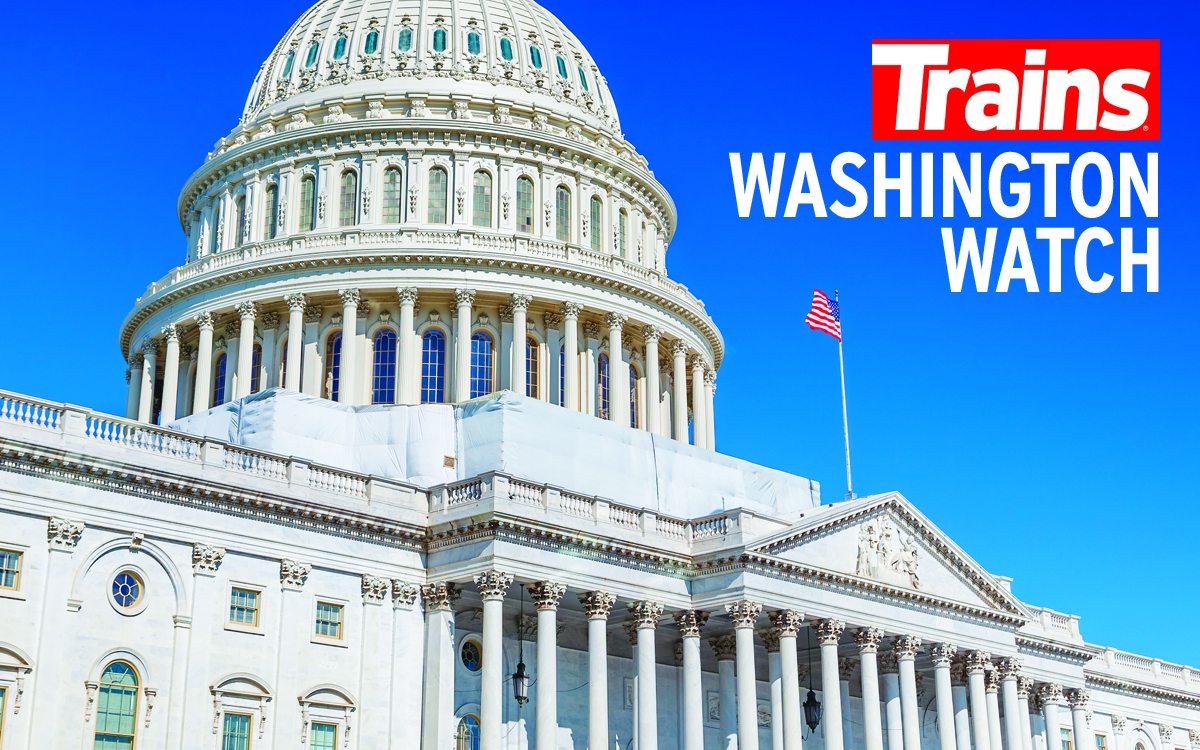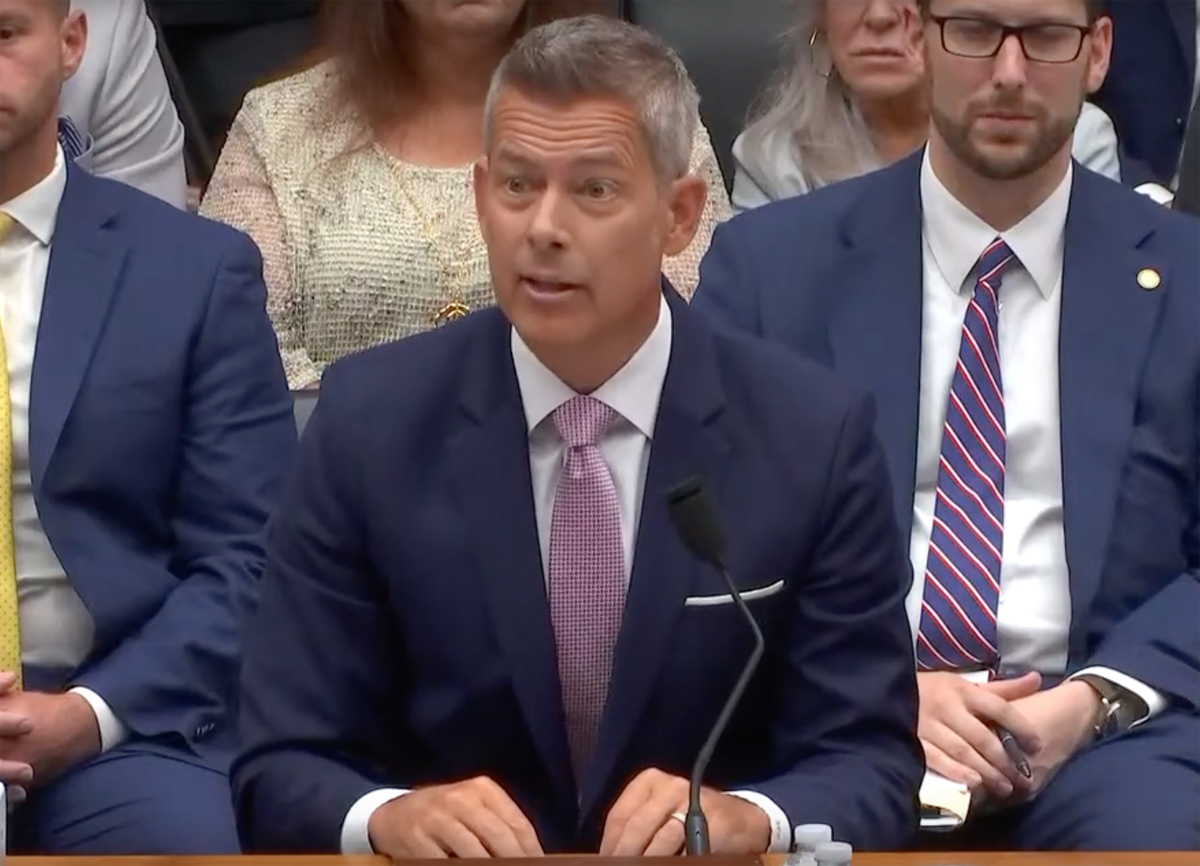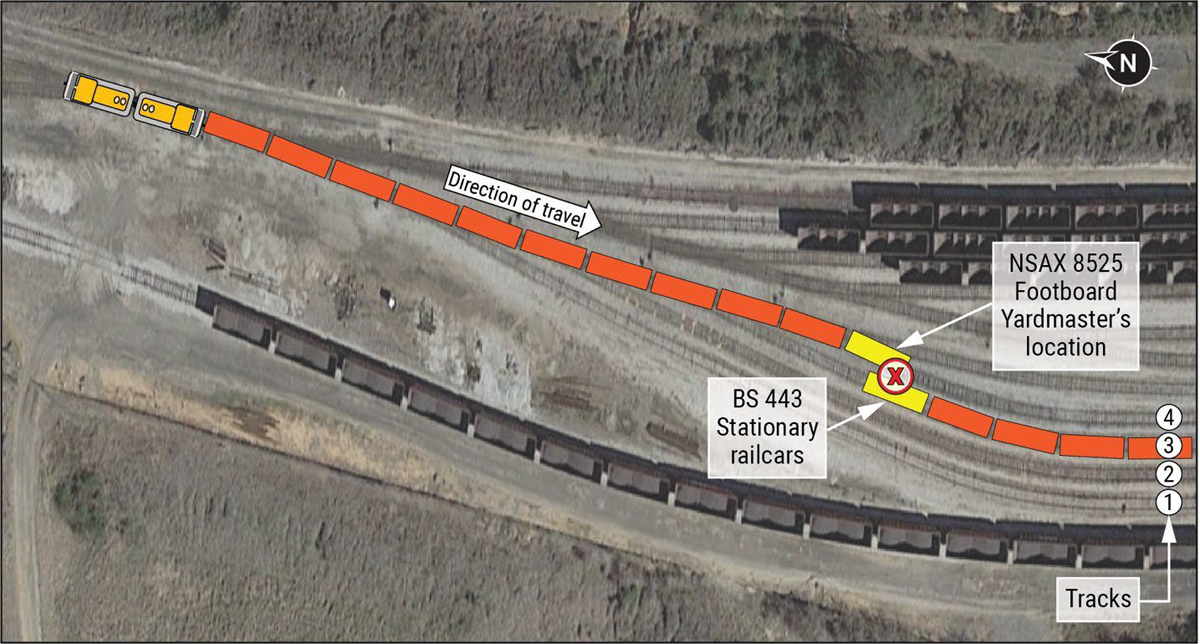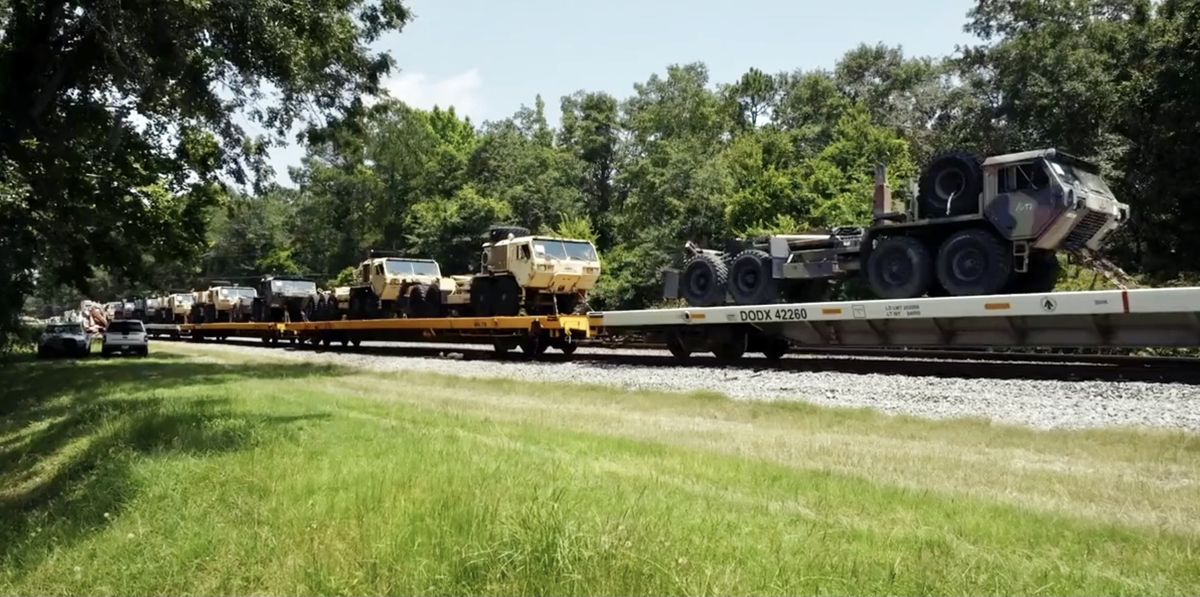WASHINGTON — The U.S. Supreme Court has declined a request from the Association of American Railroads to review a lower-court ruling regarding the authority of Amtrak and the Federal Railroad Administration to establish on-time performance metrics and standards for Amtrak operation on host freight railroads.
The convoluted legal history of the case has seen a district court of appeals rule that part of 2008 legislation involved is unconstitutional, while another part was allowed. Struck down was the Surface Transportation board’s ability to settle disputes over the performance standards and metrics. Development of the metrics was allowed [see “Court ruling opens door for FRA, Amtrak to establish on-time performance metrics,” Trains News Wire, July 20, 2018].
Reflecting the complexity of the case, Amtrak and the AAR both found reasons to pronounce themselves pleased with the result.
Amtrak said it is “is pleased with the decision of the U.S. Supreme Court denying the application for certiorari filed by The Association of American Railroads. We are eager to work with the Federal Railroad Administration and all other stakeholders to develop clear, efficient and impactful metrics that will lead to better on-time performance for Amtrak customers and the entire rail system.”
The AAR’s statement, meanwhile, said, “While AAR and the freight railroad industry are disappointed that the Supreme Court denied our petition for cert regarding metrics and standards for Amtrak schedule performance, we are pleased that the metrics and standards remain invalidated. Freight railroads are committed to providing efficient and reliable service to all their customers and tenant railroads, and we will work with the FRA and Amtrak in a way that recognizes the importance of moving increased freight volume to help support the U.S. economy.”
In a statement late Monday, the Rail Passengers Association hailed the decision as “terrific news for everyone who relies on trains to get to work, to school, to visit family and friends.”
The statement from association President and CEO Jim Mathews also said “Today’s decision vindicates the position this association and our coalition partners have taken for years in court filings, briefs and letters to regulators. Now let’s put aside the legal arguments and get down to the important work of protecting the right of the traveling public to be on time.
“The Supreme Court’s decision to let this case end removes the final hurdle to Amtrak and the FRA working together to restore on-time performance standards that were vacated by previous rulings. With on-time performance today at record lows, American passengers have been waiting for years for the courts to step in, and now the highest court in the land has spoken.”
The legal challenge in question dates to 2011 [see “Freight railroads sue over Amtrak on-time provisions,” Trains News Wire, Aug. 24, 2011]. The Supreme Court previously ruled 9-0 in favor of the ability of Amtrak and the FRA to work on metrics [see “Supreme Court Oks Amtrak, FRA collaboration on performance metrics,” Trains News Wire, March 9, 2015], but subsequent rulings had generally favored freight railroads [see “Federal appeals court rules that Amtrak cannot be both passenger carrier, regulator,” Trains News Wire, May 20, 2016, and “Appeals court rejects on-time performance standards,” Trains News Wire, July 14, 2017.]
— Updated June 4, 7:20 a.m., with statement from Rail Passengers Association.















How ironic that given Amtrak’s expressed desire to derail the National Network and focus on its NEC, we see Amtrak still fighting in court for OTP. It’s the same dichotomy as seeing Amtrak advertise its packaged vacations along routes it intends to substitute with busses, or, kill altogether.
Although Amtrak may wave the “W” flag over this action by the SCOTUS, when it actually comes time for Amtrak and the FRA to sit down with the Class 1s, would anybody be surprised if the Class 1s take the negotiating position of imposing their long sought after market value for time dispatching and track access? This could be introduced–and achieved–by offering Amtrak different pricing levels for what it would be willing to pay to achieve OTP, or, close variations. As it is, currently OTP performance has deteriorated to a puff show with Amtrak awarding a bonus to Class 1s by by forcing the perpetual increase in station dwell times and slower timecards.
In respect to the “Phoenix-like evolution of freight traffic, it will be incumbent upon Amtrak to respect the changes in infrastructure and increased timed freights. This will become self-evident as Precision Scheduled Freight is implemented on the remaining Class 1s. Without longer sidings to accommodate the elongated freight traffic, how will passenger trains blend their schedules in such an environment, let alone if the PSF are also timed “hot shots”?
One obvious answer to avoid further litigation and the costs of late trains is to work with the states, counties, and cities, along with the feds, to construct additional mainline tracks dedicated to the exclusive use of passenger trains (but allowing freight traffic during the night hours).